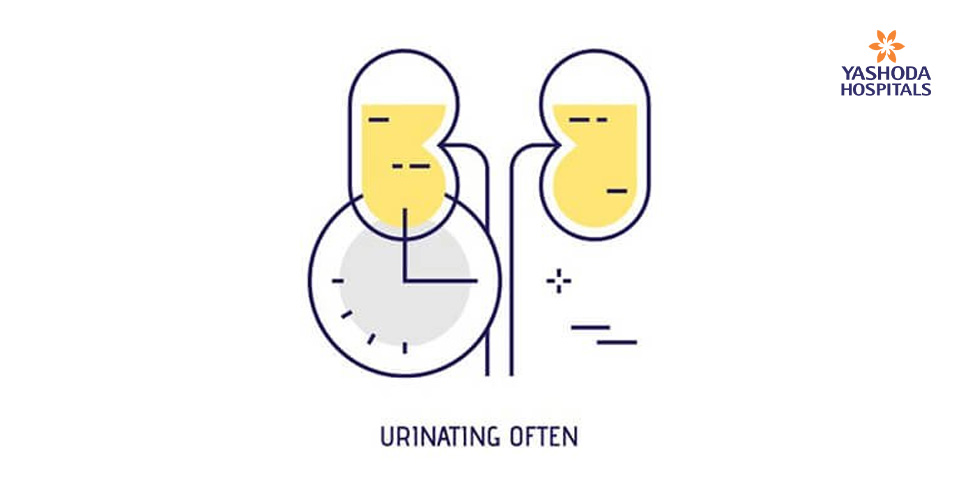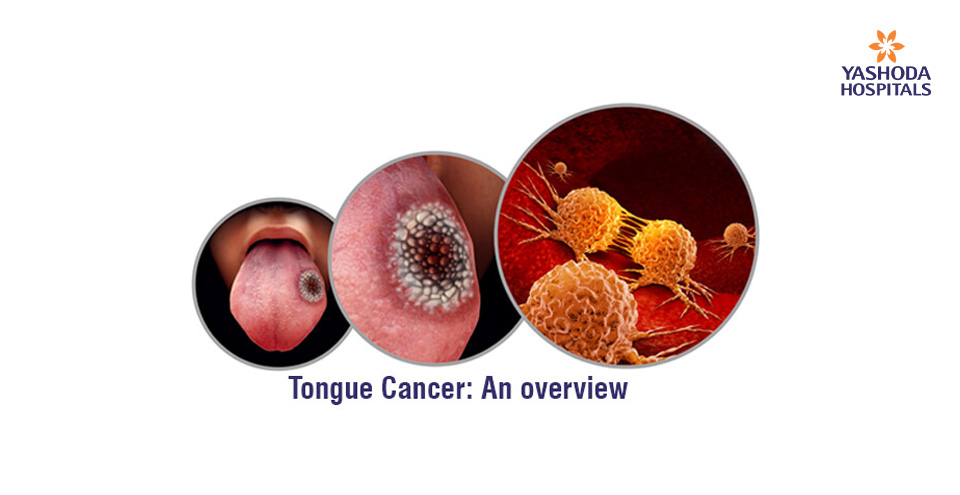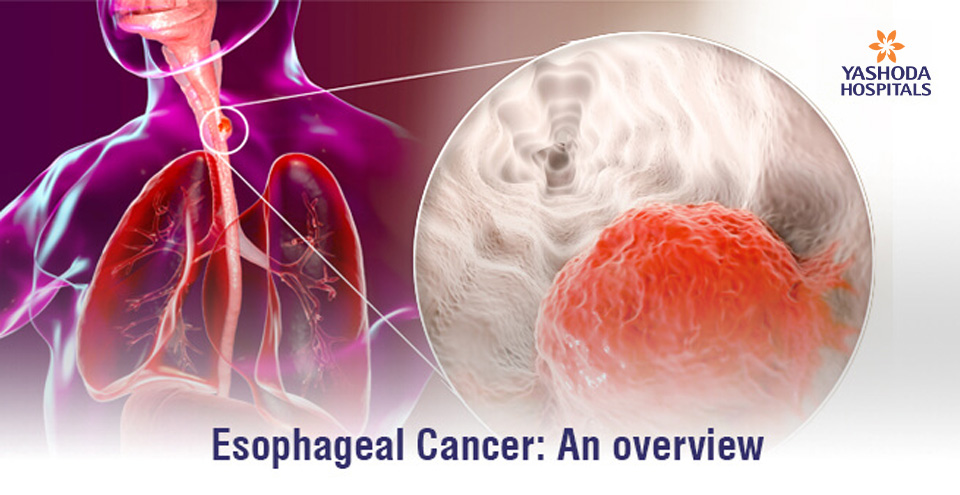Urinary incontinence in bladder cancer

Bladder is a balloon-shaped organ that stores urine, before it is excreted from the body. The cancerous cells develop in the cells that line the inside of the bladder. Mostly found in the elderly people, bladder cancer rarely occurs in younger age groups. Bladder cancer is highly treatable when it is in the beginning stages. However, there are chances of its recurrence at any point of time.
CAUSES
The exact cause for the occurrence of bladder cancer is not known. However, certain lifestyle habits and environmental factors are considered to cause cancer. Among lifestyle factors the prominent is smoking. Other potential causes for bladder cancer are parasitic infection, radiation and chemical exposure.
Like other forms of cancer, bladder cancer shows abnormal growth of cells with no control. The type of cells multiplying determines the type of bladder cancer. These cells are of three types; Transitional cell carcinoma, squamous cell carcinoma, and adenocarcinoma. Some bladder cancers show more than one type of cancerous cells.

SYMPTOMS
The symptoms of bladder cancer are very much evident as, blood in the urine, frequent urination, back pain and pelvic pain.
RISK FACTORS AND COMPLICATIONS
Smoking is considered as one of the most potential causes for cancer. Smoking leaves harmful substances inside the body that are excreted through urine. The harmful substances can damage the walls of the bladder, and increase the risk of cancer.
Increasing age, exposure to chemicals (those working with chemicals industry like paints, dyes, textiles and leather industries), history of cancer and diabetic treatment, and chronic bladder inflammation all lead to increasing the risk of cancer.
The foremost complication of bladder cancer is its nature to recur in people already treated. So, every three to six months, patients in the post treatment phase have to undergo urethra and bladder examination. The doctor may also recommend cystoscopy if there are chances for recurrence of bladder cancer.
TESTS & DIAGNOSIS
People with any signs and symptoms of bladder cancer are referred to series of tests and diagnosis, to confirm the same. The first important test for bladder cancer is cystoscopy, where a tube is inserted through the urethra. The cystoscope has a lens and fiber-optic lighting system, helps the doctor to examine the inside of the urethra and bladder.
During cystoscopy, a cell sample is collected from the bladder, and tested for cancer. This process is also called as transurethral resection of bladder tumor (TURBT). The urine is also examined for the presence of cancer cells. Imaging tests that include CT scan and X-ray help the doctor to examine the internal structure of the urinary tract. In certain cases, doctors may suggest an MRI as well as bone scan, to check the spread of cancer to other parts of the body.
Tests and diagnosis check the stage of bladder cancer. At stage 1 and 2, the cancerous cells are limited to the bladder only. Stage 3 shows cancer cells spreading to surrounding tissues. Stage 4 is the process where cancer spreads to other parts of the body, especially to bones, liver and lungs.
TREATMENTS AND DRUGS
Treatment depends on the stage of bladder cancer. If the cancer is limited to the bladder (stage 1 & 2), the doctor advises on surgery to remove the cancerous cells or tumour. Biological therapy is also suggested, that includes treatment of bladder cancer by administering bacille calmette-guerin (BCG), a bacterium used in TB vaccines. The doctor may also advise Chemotherapy (use of drugs), as well as radiation therapy to kill cancer cells. During chemotherapy, the drugs are given either through a vein in the arm (intravenously), or directly into the bladder (intravesical therapy).




















 Appointment
Appointment WhatsApp
WhatsApp Call
Call More
More